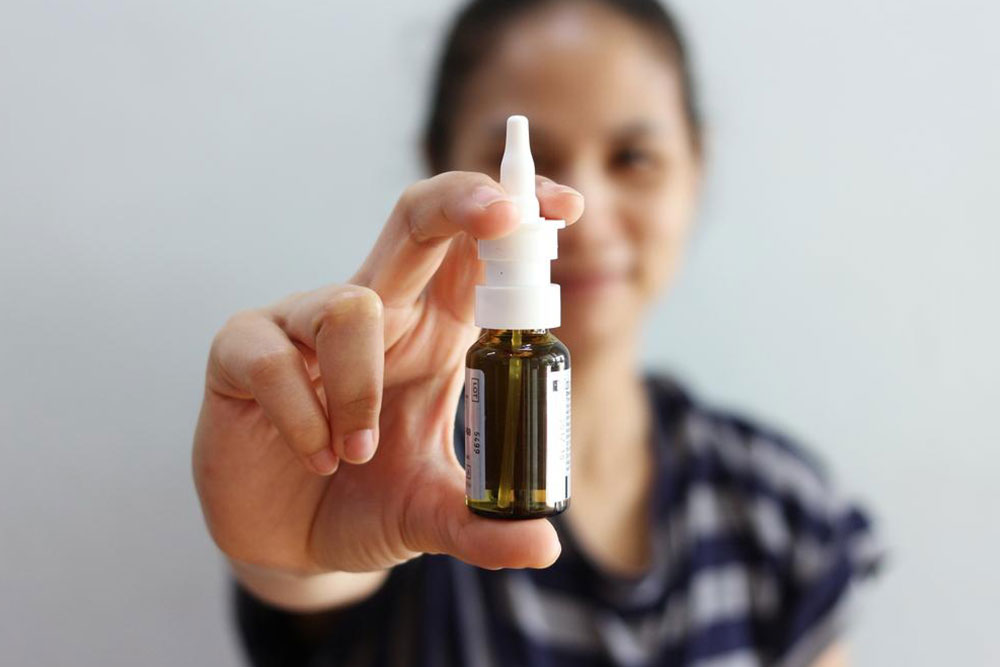Comprehensive Approaches to Alleviate Nasal Congestion and Improve Respiratory Comfort
This comprehensive guide explores effective strategies to relieve nasal congestion, including understanding the biological causes, using saline sprays, and maintaining nasal health. It covers when and how to use nasal rinses and sprays, offering practical tips for managing symptoms and improving overall respiratory comfort. The article emphasizes the importance of nasal hygiene, proper hydration, and targeted treatments, making it an invaluable resource for those suffering from nasal blockages caused by allergies, infections, or other conditions. Empower yourself with knowledge to breathe easier and enhance your quality of life.

Effective Methods for Relieving Nasal Congestion
Nasal congestion is a common issue that many individuals experience, especially during allergy seasons, during sinus infections, or due to conditions like nasal polyps. It can significantly impact daily activities by causing difficulty in breathing through the nose. The blockage often results from physical obstructions within the nasal passages or from changes in sensory perceptions that heighten the sensation of congestion. Understanding the underlying causes and biological mechanisms involved in nasal congestion is essential for developing effective treatment strategies.
Nasal congestion primarily occurs due to inflammation of the nasal mucosa, the moist tissue lining the inside of the nasal cavity. This inflammation is driven by a complex interplay of active biological substances including histamine, cytokines, and adhesion molecules. For instance, histamine is released during allergic reactions, leading to increased vascular permeability and swelling of the mucosal tissues. Cytokines, which are signaling proteins released by immune cells, further promote inflammation and recruit additional immune responses. Adhesion molecules facilitate the movement of immune cells into the inflamed tissues, exacerbating swelling and secretions.
This cascade of inflammatory responses results in swollen nasal tissues, increased mucus production, and engorged veins within the nasal passages—all of which contribute to airflow obstruction. Moreover, changes in nerve sensitivity enhance the perception of congestion, making it feel even more severe. These mechanisms highlight why nasal congestion is not just a physical blockage but also involves sensory and immune system components. Recognizing these processes helps in choosing targeted treatments that address both the symptoms and the root causes of congestion.
Maintaining healthy nasal cilia, which are tiny hair-like structures lining the nasal passages, is crucial for respiratory health. Using saline sprays regularly supports the clearance of mucus and debris from the nasal cavity, preventing blockages and facilitating better airflow. Cilia serve multiple essential functions, including humidifying inhaled air, trapping airborne bacteria and particles, and playing a role in the sense of smell. Proper hydration of the nasal passages not only alleviates symptoms of rhinitis and sinusitis but also enhances the natural defense mechanisms of the respiratory system. Improved understanding of the inflammatory processes underlying nasal congestion opens new possibilities for targeted therapies and innovative treatment options, bringing relief to many sufferers.
Over-the-counter saline sprays and rinses are practical tools for managing nasal congestion. They are especially effective in flushing out pollen, dust, pollutants, and other irritants from the nasal lining. Using these solutions at the end of the day can help wash away accumulated debris, reducing irritation and facilitating better breathing. Saline sprays also help maintain adequate moisture levels within the nasal passages, which is particularly beneficial during dry winter months or in arid environments. For individuals using nasal steroid medications, saline sprays serve as an essential prep step. By clearing mucus and debris, saline rinses allow the steroids to penetrate better and deliver their anti-inflammatory effects more efficiently. Consistent nasal hygiene through rinses and sprays can significantly improve symptom management, reduce congestion, and enhance overall quality of life. Creating a saline solution at home is straightforward and economical. Mix 3 teaspoons of non-iodized salt with 1 teaspoon of baking soda in a clean container. To prepare the rinse, dissolve a teaspoon of this mixture in 8 ounces of sterile, distilled, or previously boiled water. This solution can be used with various tools such as a Neti pot, bulb syringe, or simply poured into the hands for gentle nasal irrigation. Proper technique and hygiene are crucial to ensure safety and effectiveness of nasal rinsing.When to Use Nasal Sprays and Rinses





